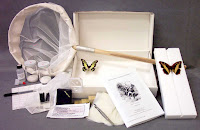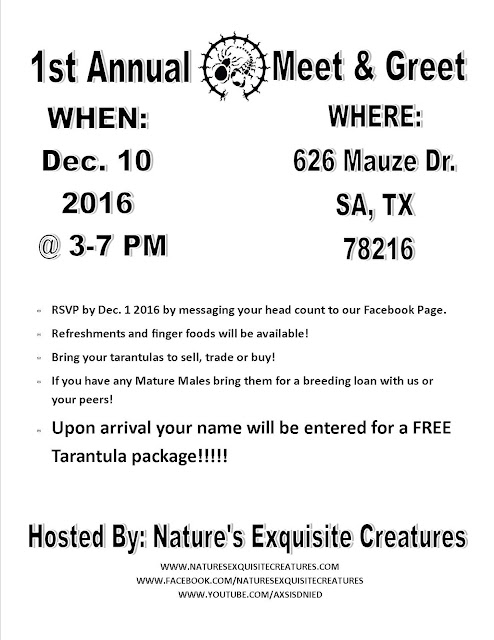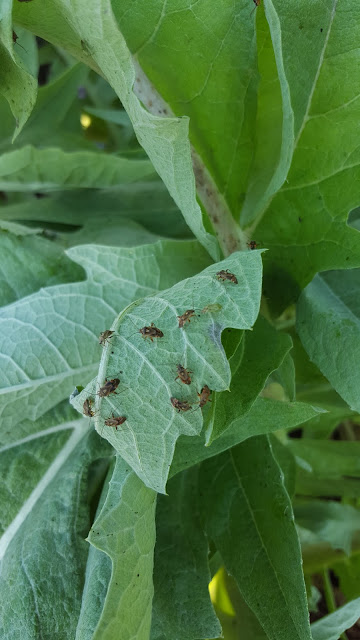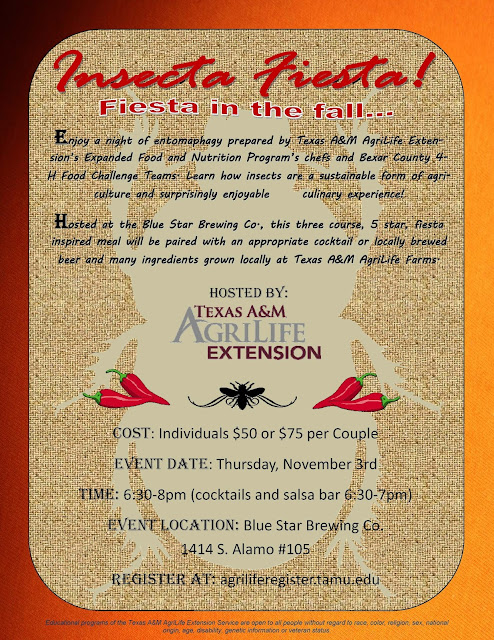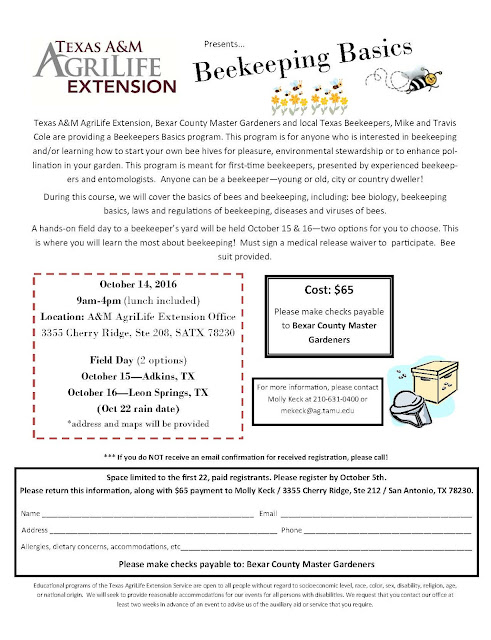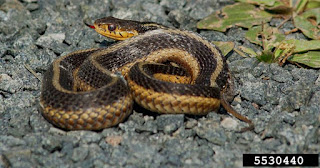Search This Blog
Questions about insects, spiders, scorpions or other creepy crawlers? Tune into this blog to learn about what's buggin' you!
Posts
Showing posts from 2016
5 Gift Ideas for the Entomologist in Your Life
- Get link
- X
- Other Apps
Nature's Exquisite Creatures Meet and Greet - Wonderful Opportunity for some Christmas Shopping for those Entomologists on Your List!!!
- Get link
- X
- Other Apps
Join Us for a Night Out! Entomaphagy Bug Dinner - Insects Fiesta!
- Get link
- X
- Other Apps
So You Want to be a Beekeeper???? You're in Luck!
- Get link
- X
- Other Apps
Insecta Fiesta! Join the Entomaphagy Movement!
- Get link
- X
- Other Apps
SAVE THE DATE! Dinner with Insects....
- Get link
- X
- Other Apps
Webinar - Identification for Venomous and NonVenomous Snakes
- Get link
- X
- Other Apps
All you need to know about Zika and preventing mosquitoes!
- Get link
- X
- Other Apps
Don't Miss the Fun! Spring Insect & Horticulture EXPO and Plant Sale!
- Get link
- X
- Other Apps
